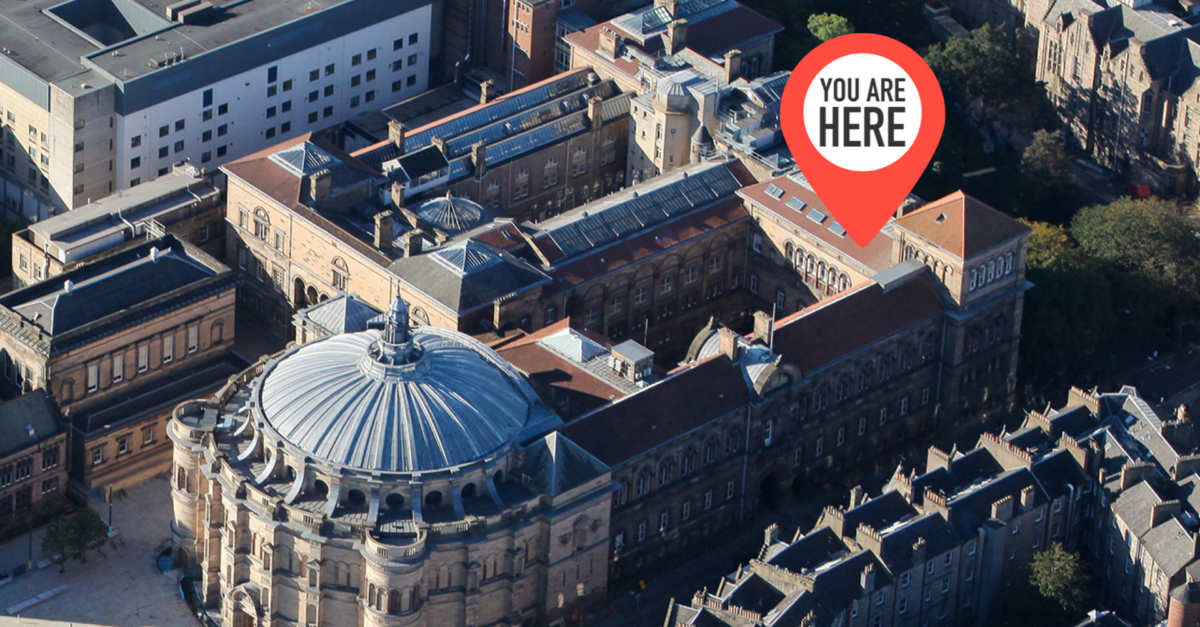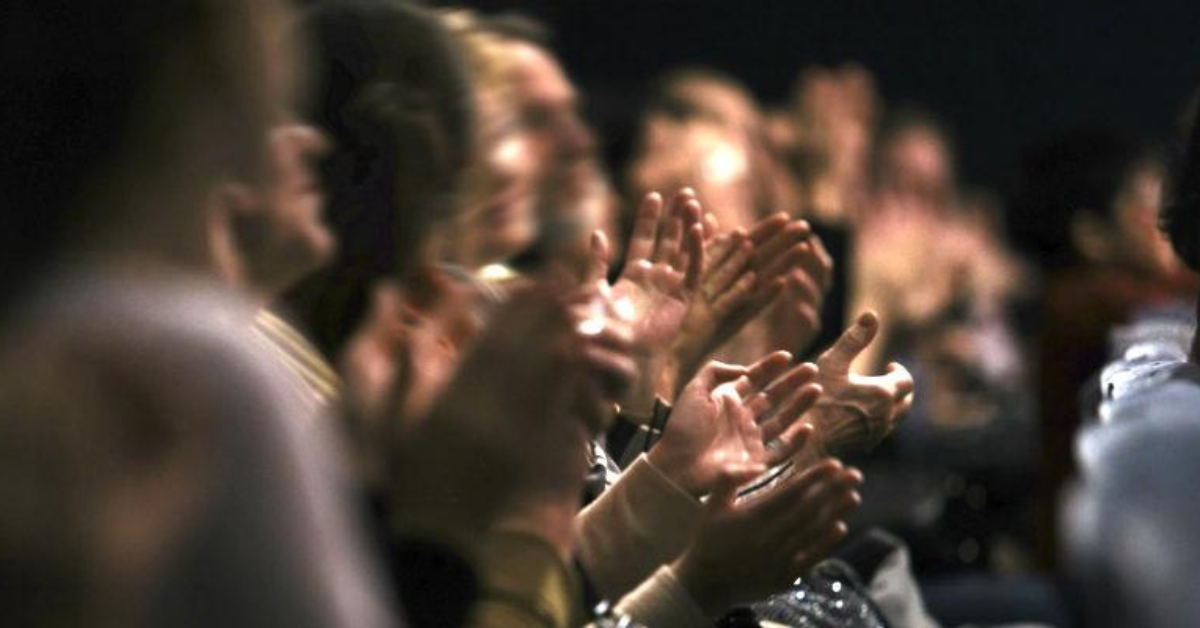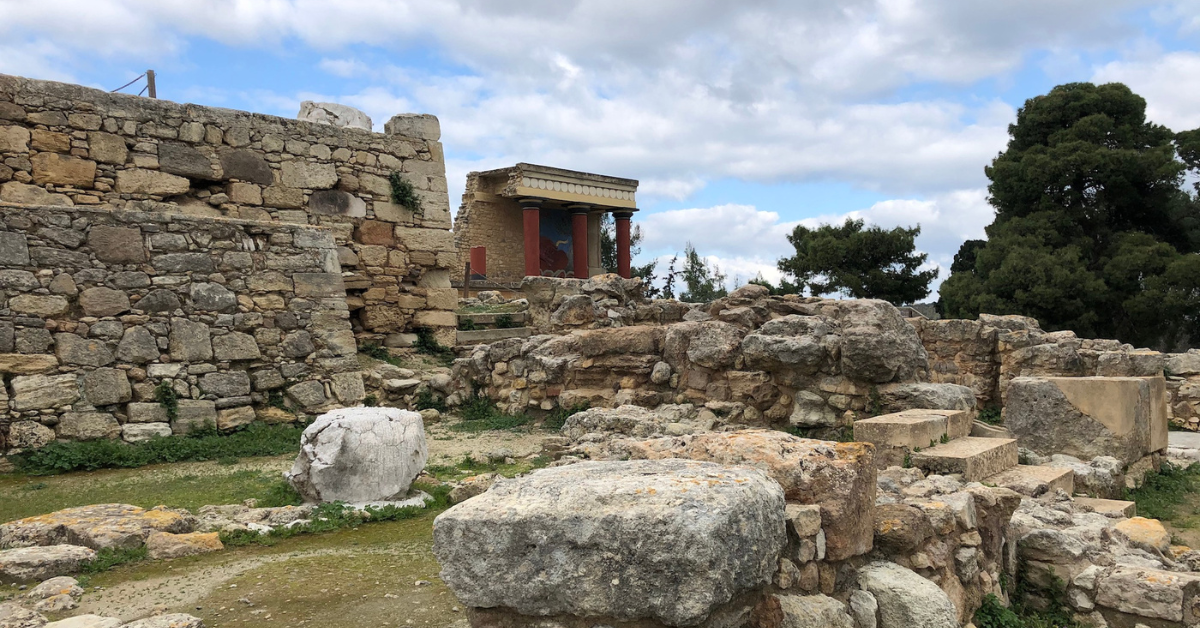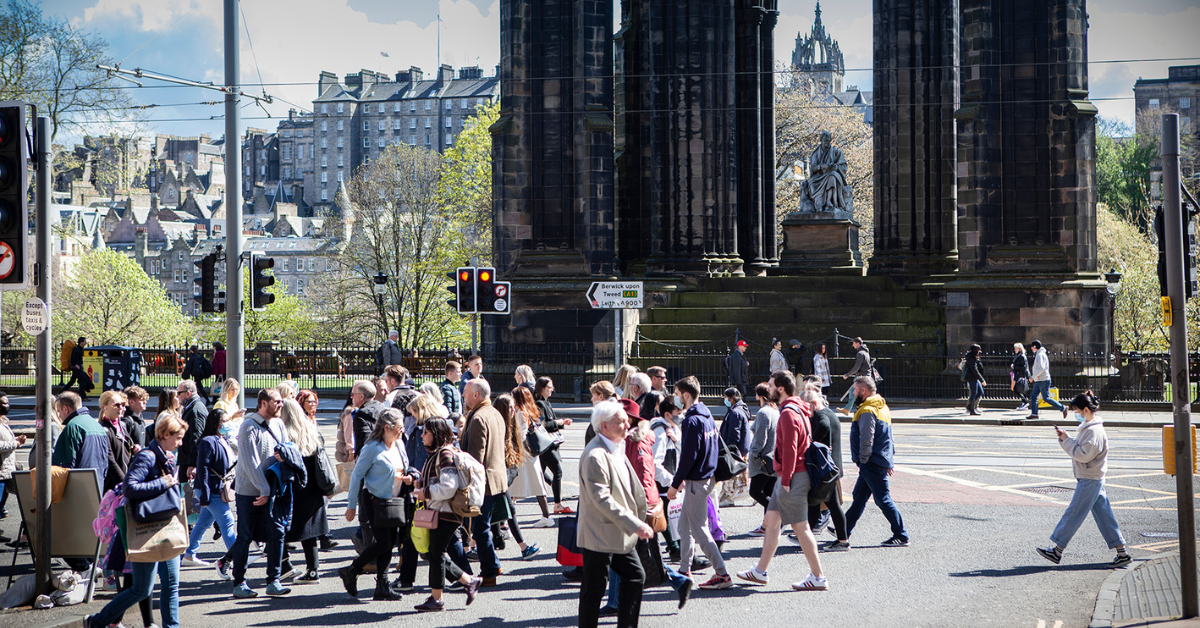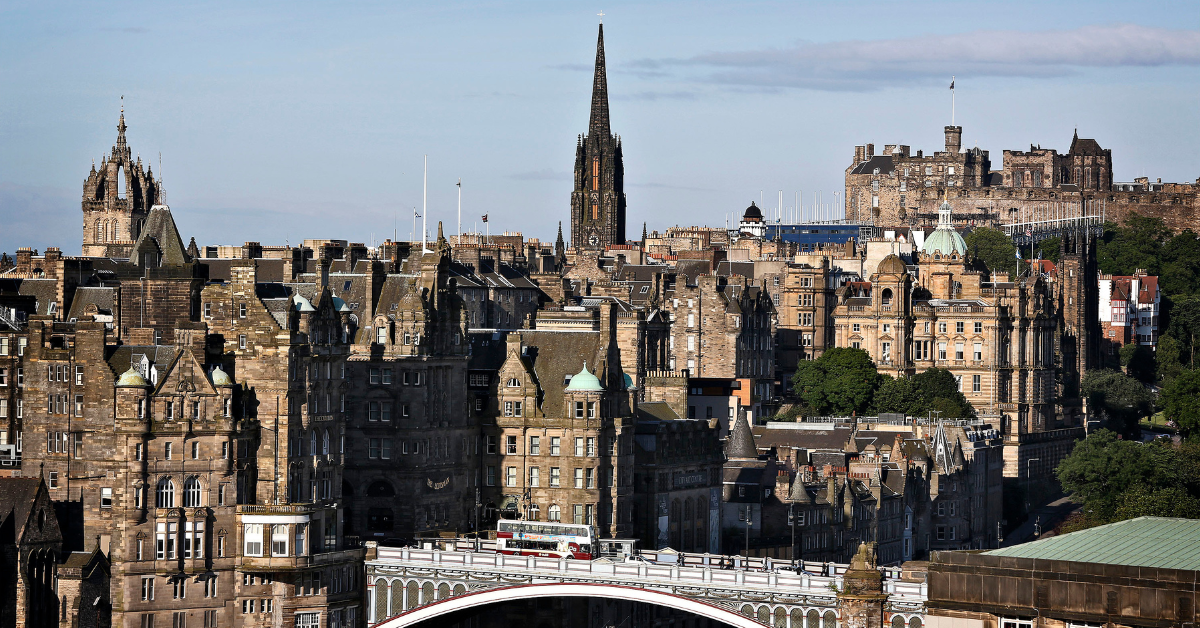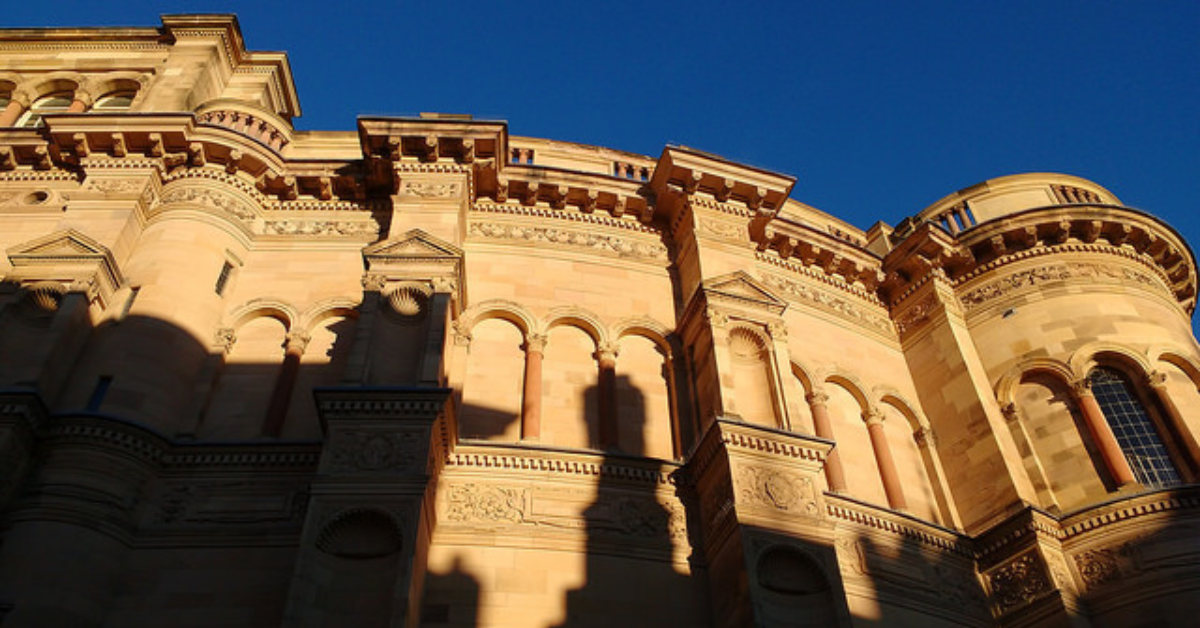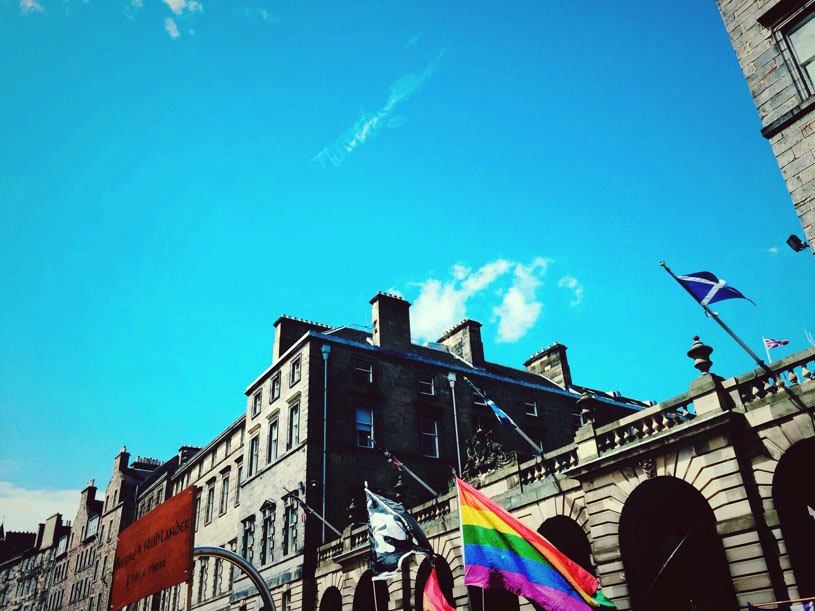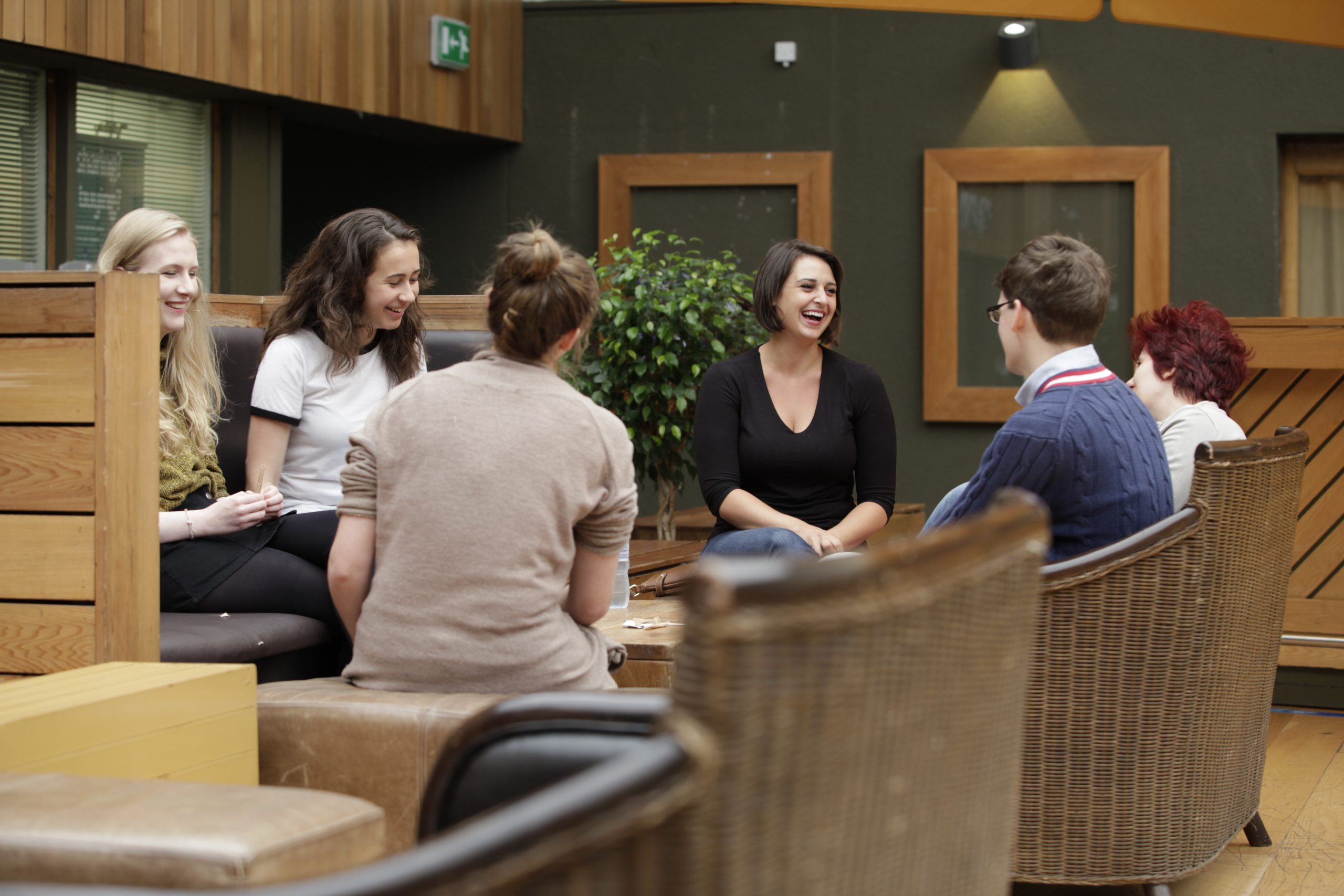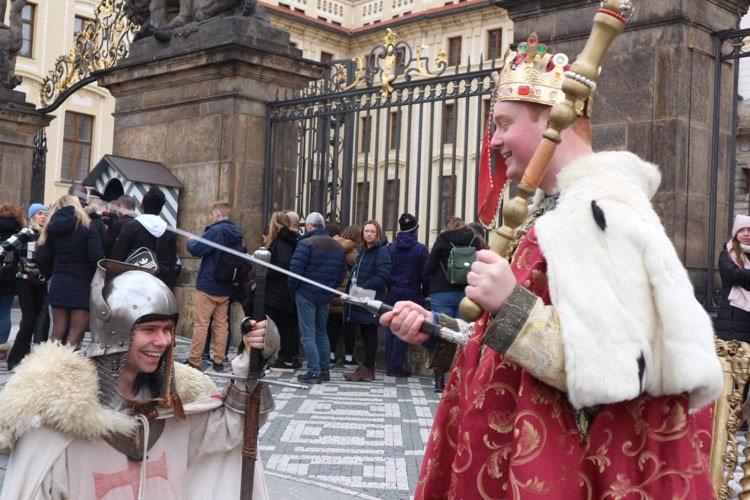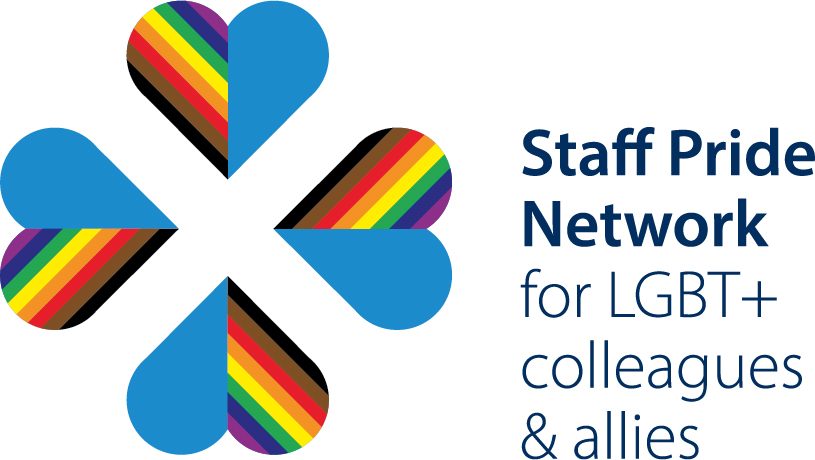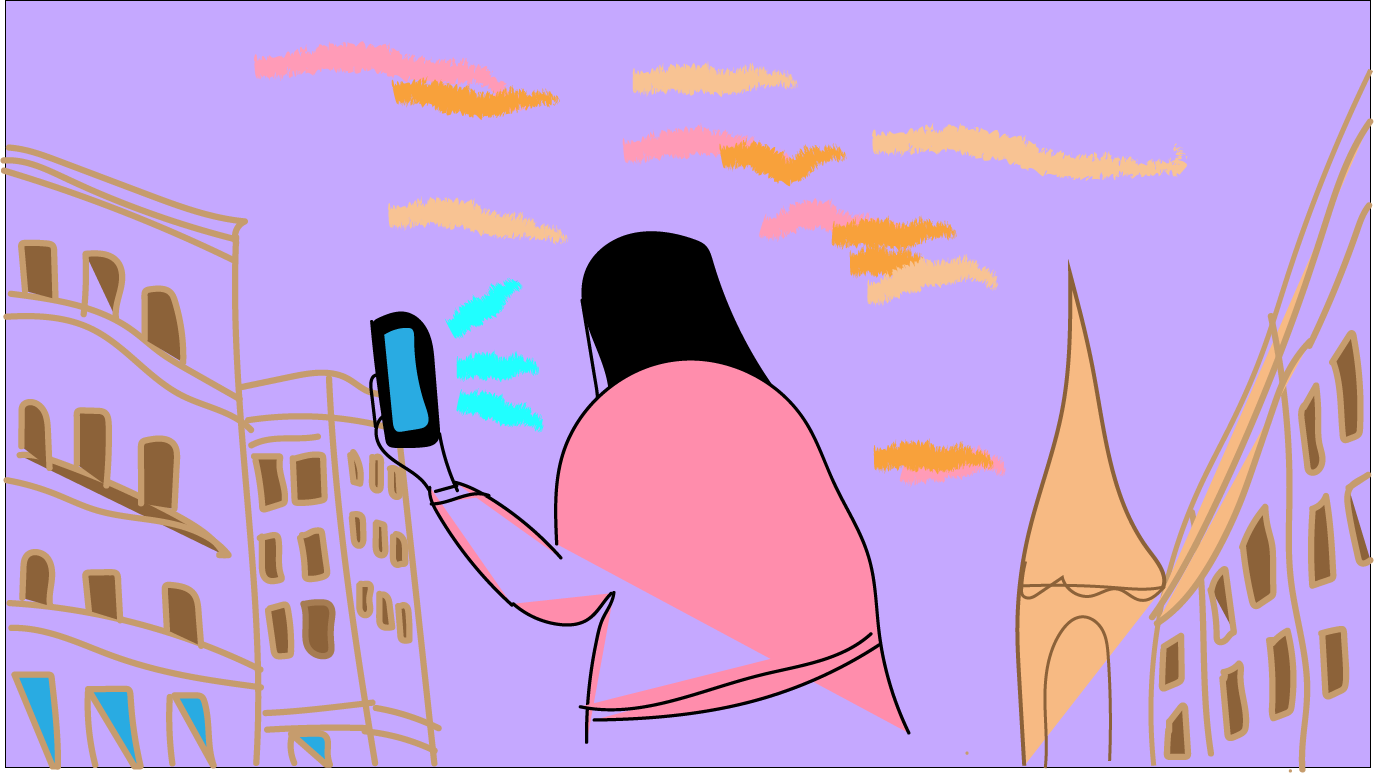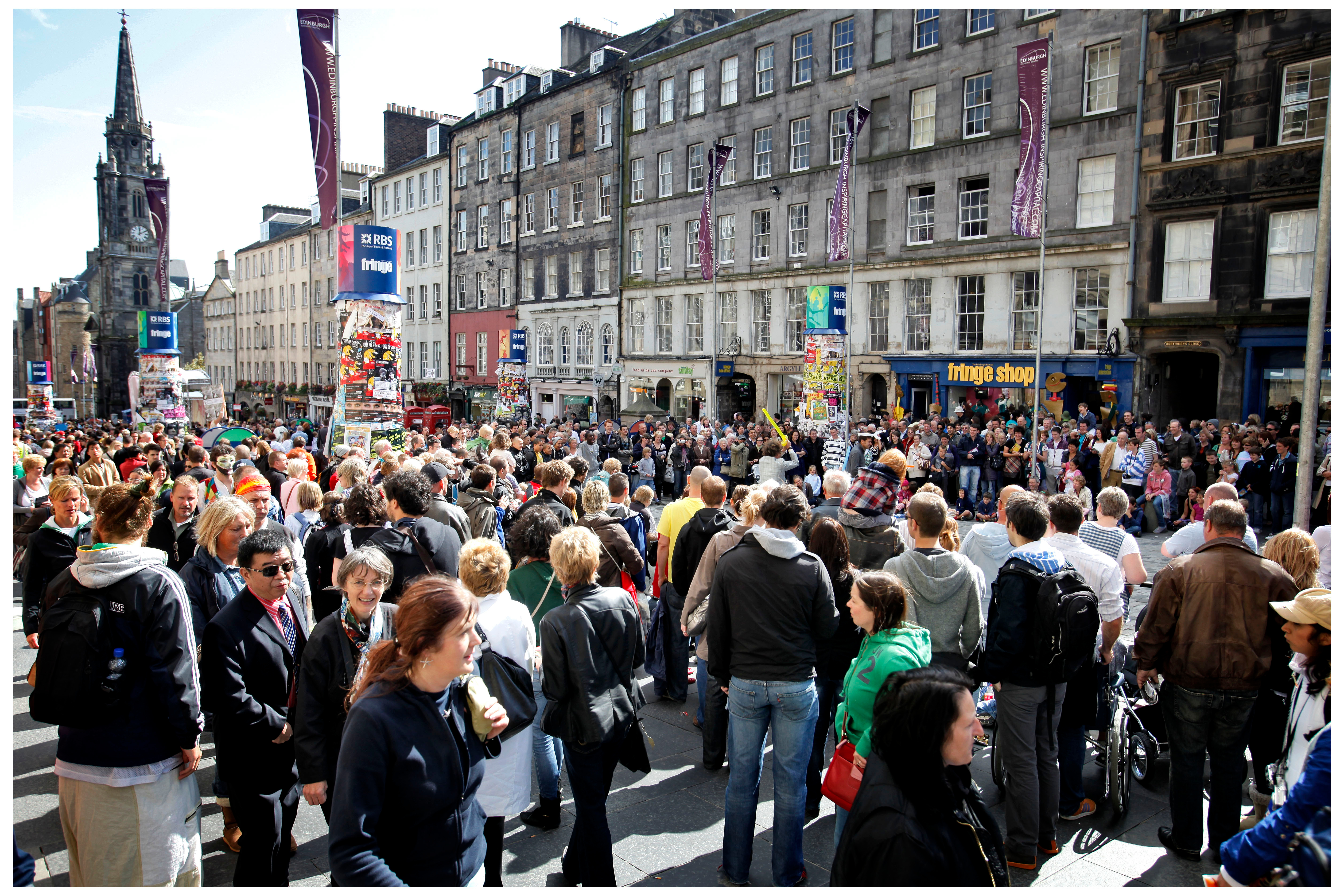Tag: SHCA
In this post, Rose Day, Learning Technologist at the School of History, Classics, and Archaeology (HCA), highlights the HCA TEL Learn Ultra Showcase. The showcase features some of the innovative courses and provides insightful commentary from course organizers and learning technologists who played pivotal roles in their development. This post also belongs to the Spotlight on Learn […]
Lockdown taught us that you don’t really need to be somewhere physically to get the work done, right? History student Olivia might disagree. When I started university, I didn’t really spend much time in the William Robertson Wing – the home of the School of History, Classics and Archaeology, or HCA as it’s usually known. […]
How a song and dance helped Hanna connect with the University community after studying remotely. I came to the University of Edinburgh in September 2020 so was in the first cohort to experience what it is like to start my studies under Covid conditions. Unlike many of my peers, I was lucky to have comparatively […]
One of the tried and tested ways of finding your feet at University is by joining a Society. Tristan – 3rd year MA (Hons) Ancient and Medieval History – started with a journal and ended up in Crete. Undoubtedly one of my biggest anxieties about enrolling at the University was whether I would fit in. […]
Moving to another city can be stressful and frustrating but there can also be unexpected benefits, as Hanna (Classical Studies MA Hons) found. When I first came to Edinburgh, everyone assured me that there was an “amazing” public transport system here. However, coming from a big city in Germany with a close-knit system of trams, […]
To say the Covid years were tough is, of course, a gross understatement. But what if you’re a new international student finding your feet in a foreign country? Olivia is a second year History (MA Hons) student, and this is her story. I had never been to Scotland before August of 2020 when I moved […]
Scarlett is a 4th year History and Politics student and she’s going to take you through a typical day in her life to give you a taste of what it might be like to study at the University of Edinburgh! It’s Wednesday, February 2nd… 8.00am – Typically when I wake up and the first […]
As part of Pride Month, Tristan (Ancient and Medieval History, MA Hons) shares his experience as an LGBTQ+ student at the University of Edinburgh. Navigating your first year at university can feel both intimidating and exciting as you get to grips with higher education, exploring a new city and meeting new people. This experience can […]
Much of university recruitment is aimed at school-leavers, but what if you are older or have been out of education for some time? Tristan – MA (Hons) Ancient and Medieval History – told us his story. In 2018, the University of Edinburgh launched its Access Programme as part of its Widening Participating Initiative. As a […]
Will I find those “friends for life”? Will I be able to balance my studies with a healthy social life? Will there be societies I want to join? Jack – History and Politics (MA Hons) – answers these very questions. Some of the biggest worries that Freshers tend to have about coming to university are […]
Leaving home to go to University is daunting enough, but what’s it like if you’re travelling across the world to do it? Scarlett is from the US so she can tell you. At times as an international student, it can be difficult to be so far away from home. But trust me when I say […]
The University of Edinburgh Staff Pride Network supports LGBT+ colleagues and allies, one of whom is HCA staff member Emma. We asked her about her role as Ally Representative. Hi there! I’m Emma, the School of History, Classics and Archaeology’s Modern Apprentice who has recently been appointed as Ally Representative in the University of Edinburgh […]
After four years of study, why would you want to do more? One of our Student Ambassadors, Alfie, has some thoughts. An undergraduate degree at university is a significant commitment. Time, money, not to mention a lot of concerted effort to complete whilst juggling a variety of other elements of life. So, when considering the […]
Dissertation. A big word, and often a scary one. Alfie, a Student Ambassador, looks at ways to make it slightly less intimidating. Perhaps the culmination of your time at university and exceptional (circumstances notwithstanding), also the longest piece of academic writing you will have created to date. Sounds like a lot – and let’s not […]
It’s November. It’s cold, dark, and very, very grey. The weeks are filled with endless assignments, frustrating group projects, hours of staring at your laptop screen, and most likely a lot of reading. Asha, a final year History student, looks at how to improve your mood when it starts getting dark at 3pm. Every year […]
We asked Student Ambassador Alfie for his thoughts on what it’s like working whilst studying. My first piece of advice for any students looking for a job in term-time would be to make sure you read the job advert closely. If you don’t, you may end up like me. Not that that’s a bad thing. […]
One of our students, Sarah, gives us the lowdown on surviving exams. As a student, exams are inevitable: some courses only require in-term coursework, but most have a final exam to test your learning through the semester. As a fourth year I’ve gone through many exams and have developed my ideal system for dealing with […]
It’s only now that I’m in my last semester of my final year, and I’m having to contemplate moving to a new city, do I realise quite how much I love Edinburgh and the people in it. Having lived here for four years now, and I can honestly say that there is no other place […]
The rules and regs of summer in Edinburgh by Student Ambassador Ruby. I’ve always argued that Edinburgh is a city designed for ‘bad’ weather. The Old Town looks even more Gothic in the gloom, and no student’s Instagram would be complete without a photo of Arthur’s Seat surrounded by atmospheric sea mist called ‘haar’. However, […]
Everything you ever wanted to know about essays but were afraid to ask by Student Ambassador Constance. Essay writing, love it or hate it, it is the metric by which we students are measured. Figuring out your ‘style’ is something of a journey and will inevitably include some painful marks to grow as a writer. […]
All work and no play? Student Ambassador Jack looks at working as a student At times, it can be a tricky balancing act but I’ve benefited greatly from getting a glimpse into the world of work; from stepping into a completely different environment to University study, doing something I enjoy whilst gaining different skills from […]
Edinburgh is a tourist hotspot but students can enjoy its attractions all year round. Ossana, a Student Ambassador, went to Rosslyn Chapel. The end of exams put me into a touristy mood. It is during these times, even more than usual, that I feel immensely glad that I chose to study in Edinburgh. The city […]
The School, its Societies and students organise regular events and this was the inaugural event in the Staff-Student Cup (which is a shield, it’s a long story). Senior Student Ambassador Francesca was there! This semester the School of History, Classics and Archaeology (HCA) is launching an annual Staff-Student Cup. This is a series of three […]



